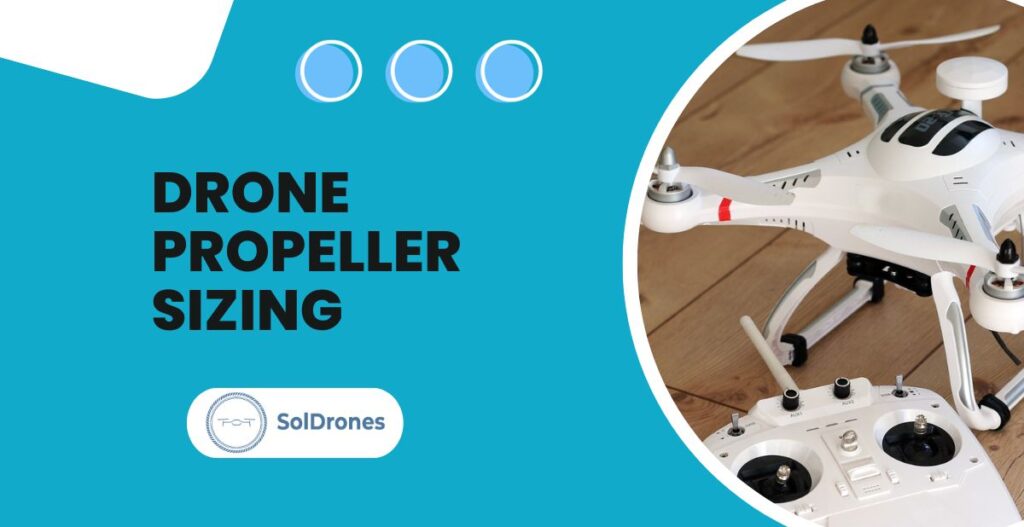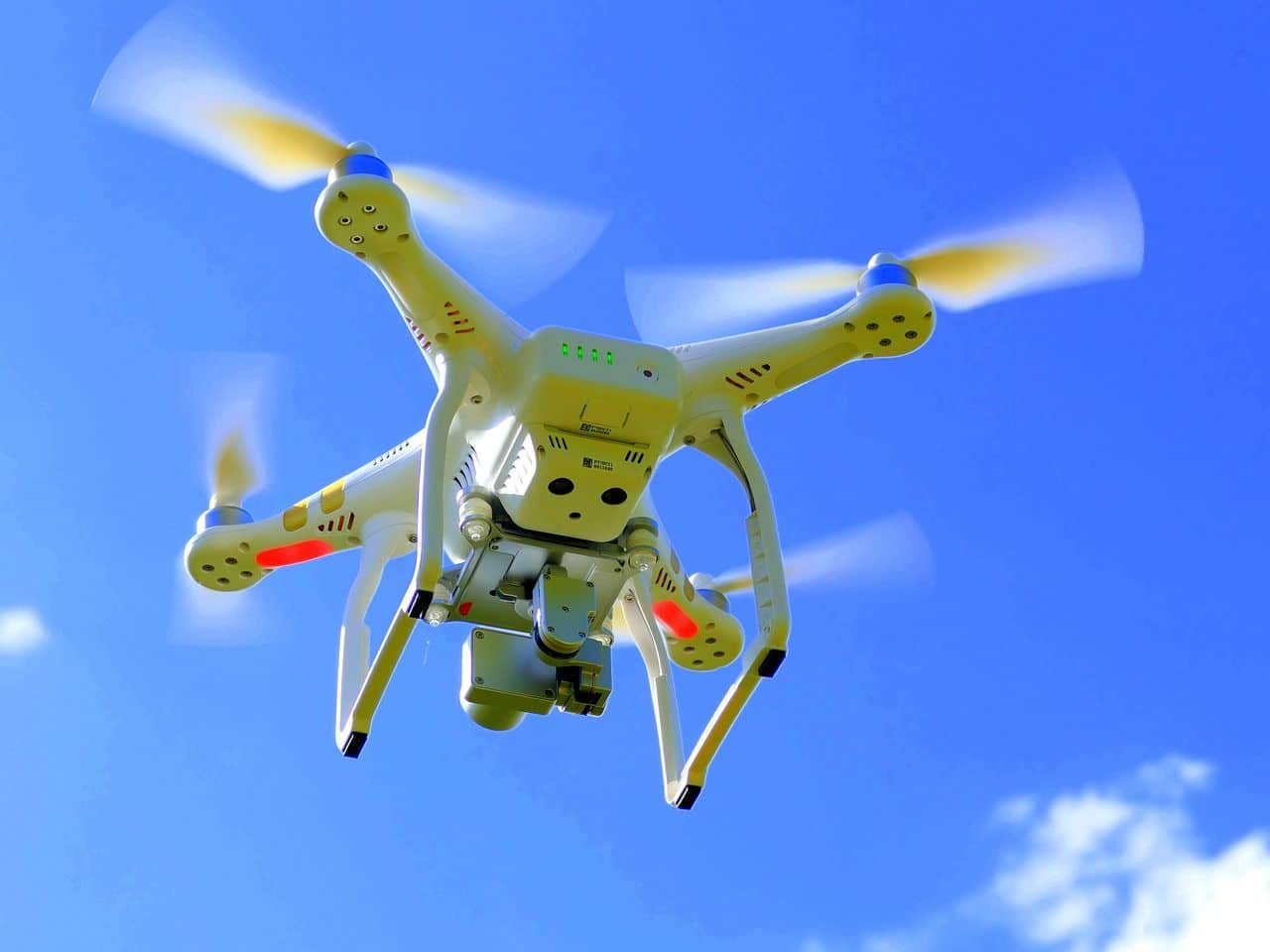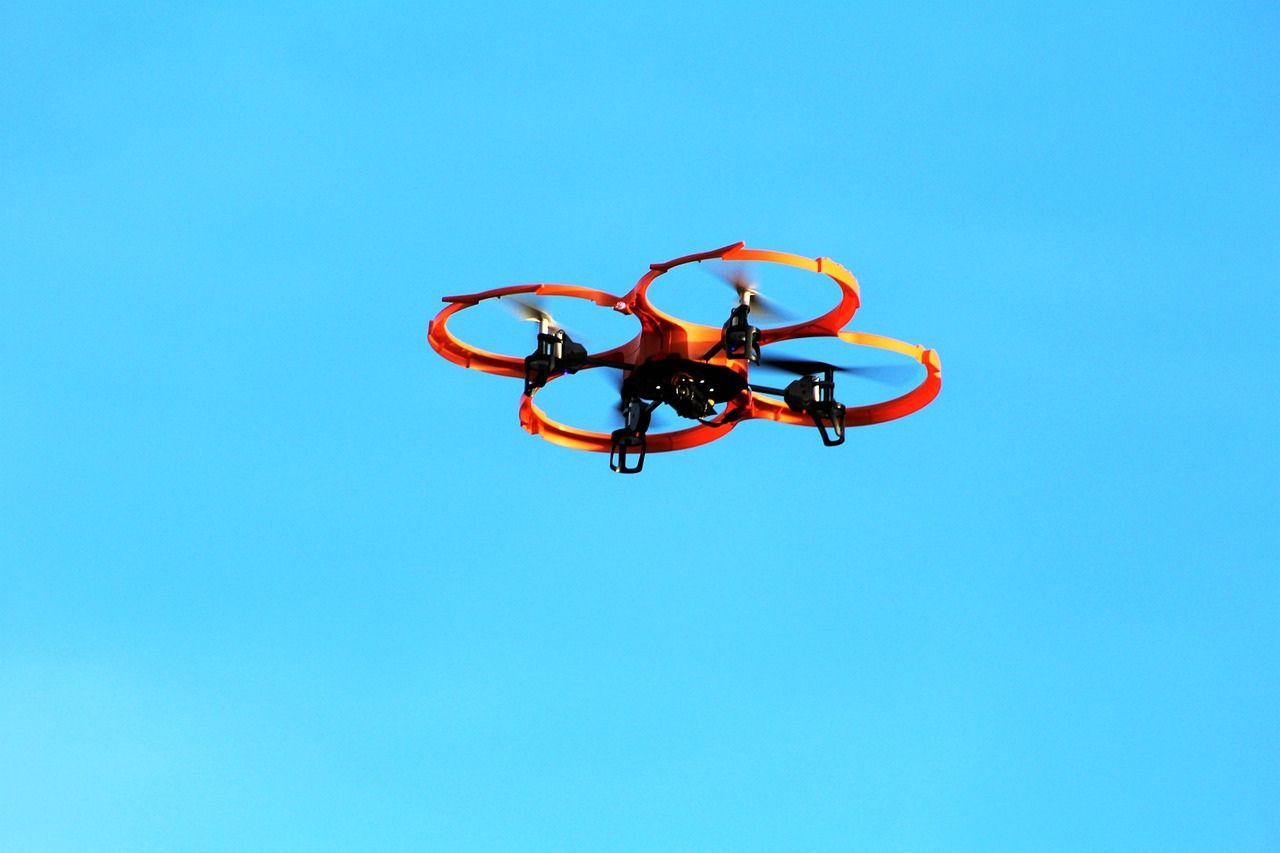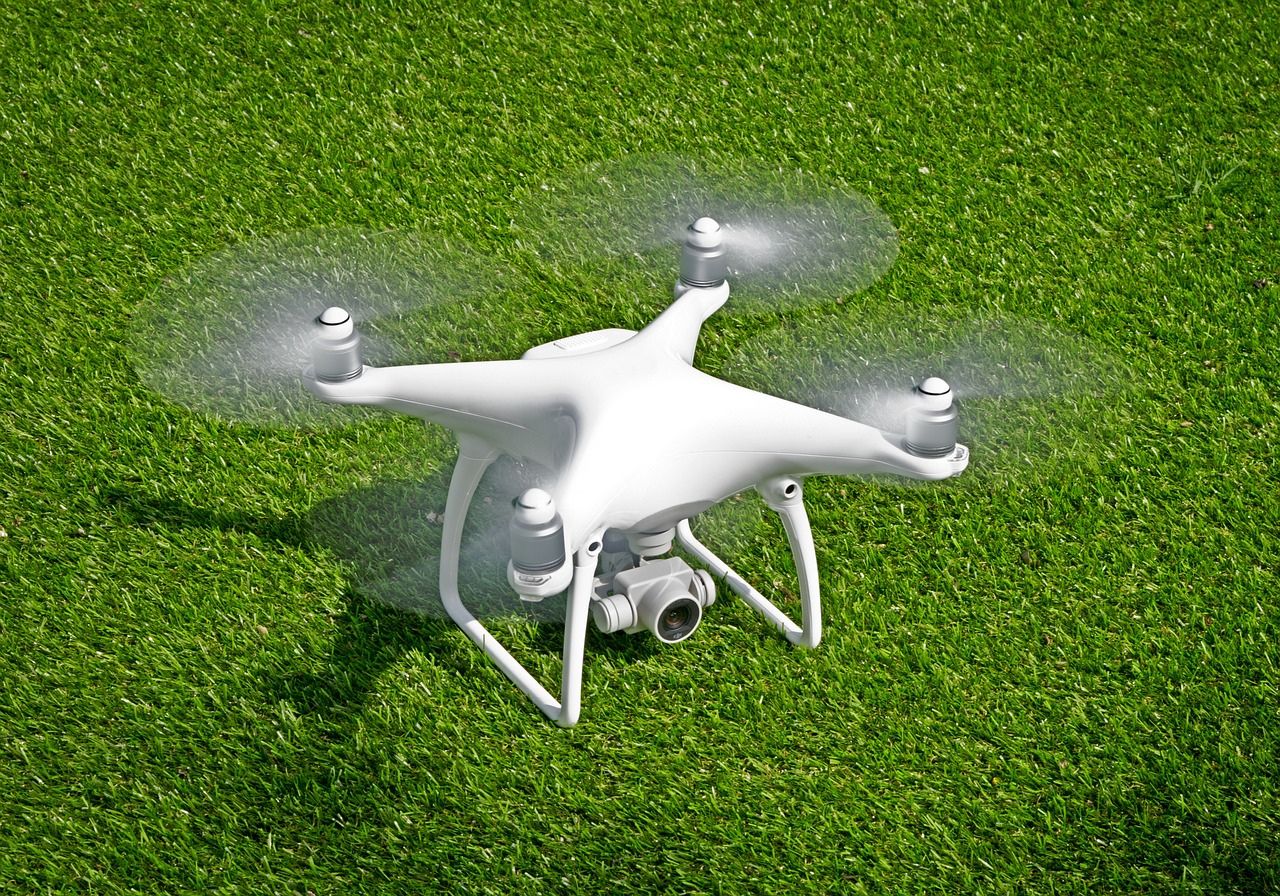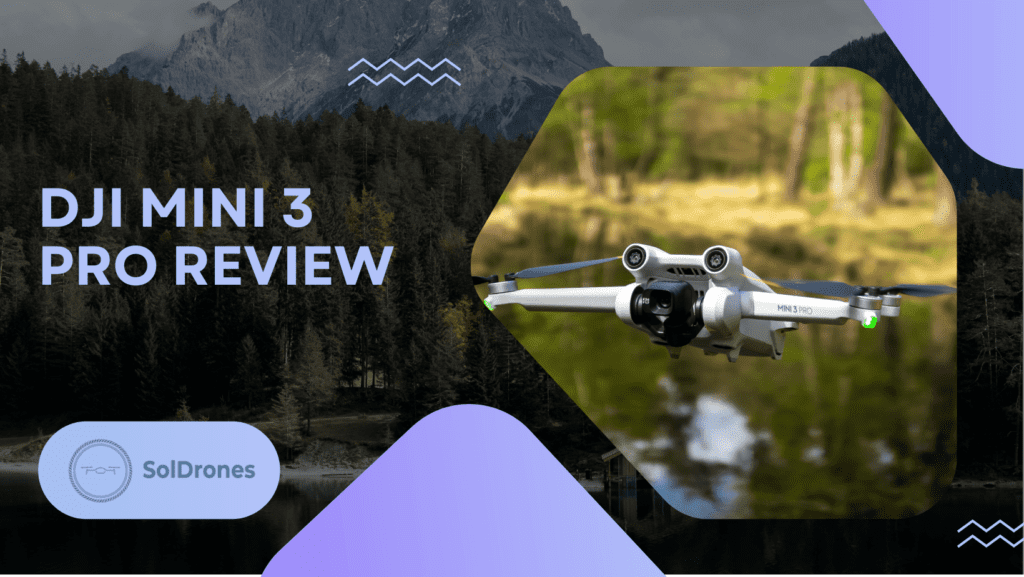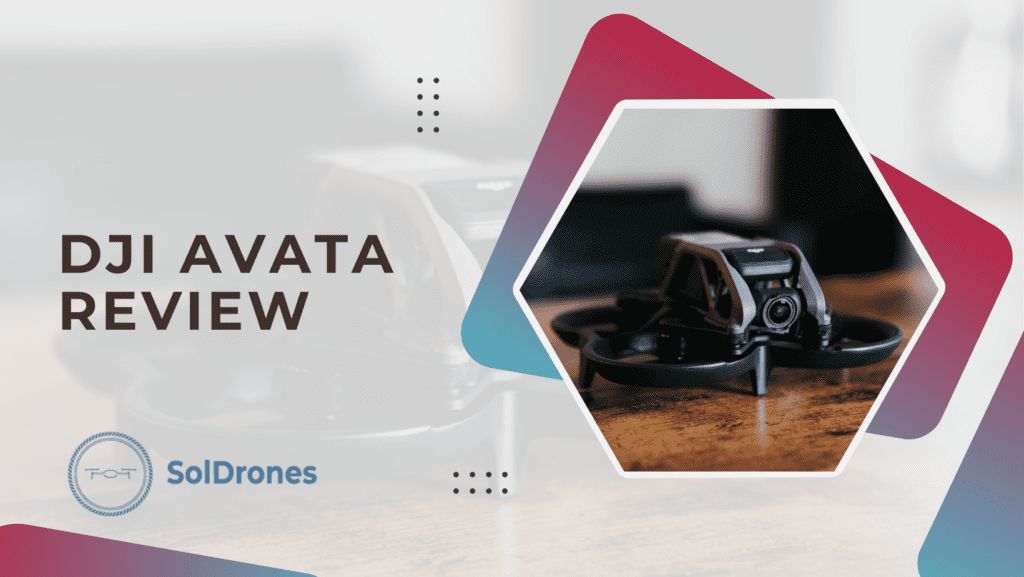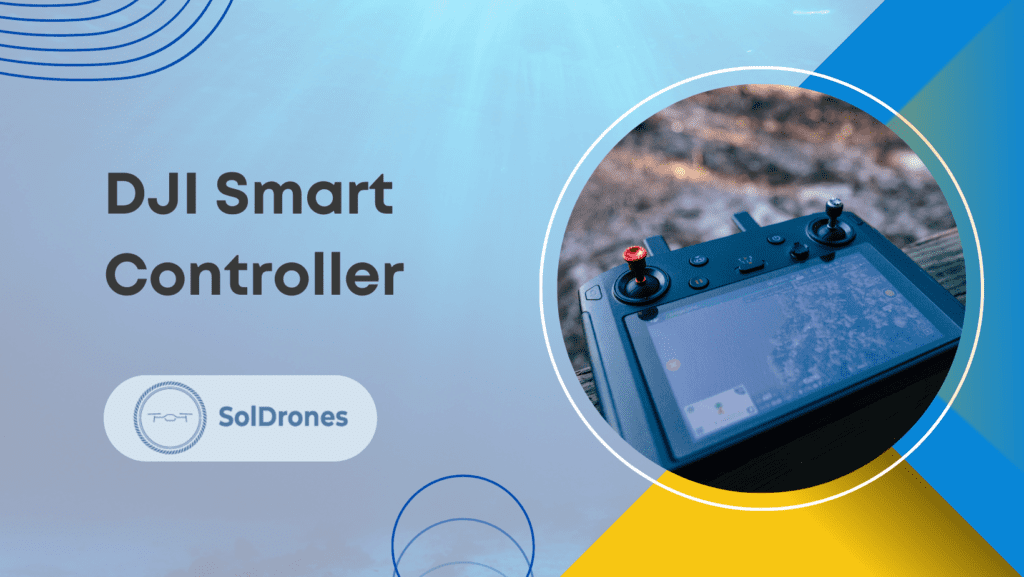If you are a drone owner, one of the most important decisions you must make is what propeller to select for your drone. What propellers you choose would have a direct impact on your drone’s performance.
But this is where it may get challenging, as there are various types of propellers available. It gets overwhelming, fast.
After all, it’s not wise to choose a glamorous-looking propeller that may not provide the necessary functions.
Keep reading to learn all you should know about drone propellers. If you plan on becoming a drone entrepreneur, pilot, or someone who just loves aerial racing, this is the right guide.
Generally, there are some common drone propeller sizing options available:
Propeller Size (cm) | Propeller Size (inches) | Drones Using These Propellers | Weight (g) |
22.00 x 10.92 | 8.7 x 4.3 | DJI Mavic 2 (Pro, Zoom, Enterprise) | 7.9 |
18.3 x 9.7 | 7.2 x 3.8 | DJI Air 2S | 4.8 |
22.1 x 12 | 8.7 x 4.7 | DJI Air 3 | 6.4 |
22.9 x 7.62 | 9 x 3 | Autel EVO 2 Series | Not specified |
7.37 | 2.9 | DJI Avata | Not specified |
Great video here by RCwithAdam where he overviews the basics of drone propellers:
Video Credit: RCwithAdam
Now, let’s get into the nitty gritty of drone propeller sizing.
Article Highlights
- Learn what a drone’s diameter and pitch are and why it matters
- Explore different built materials for your propellers to choose the right option
- We will look at essential considerations and fine-tuning options to get the best out of your drone.
- High-Quality & Compatible: Designed exclusively for DJI Mini 3 Pro/Mini 4 Pro Drone.
- Lightweight & Low Noise: Ensures safe, quiet flight.
- Easy Install Kit: Includes screws, screwdriver for quick setup.
What is Drone Propellers, anyway?
Drone propellers are simply blades that help the drone get up in the air and move in different directions. A high-voltage motor powers your drone. Drone blades generate thrust, which makes your drone go up and down and offers manoeuvrability.
Propellers generally come in different sizes, each serving a different purpose depending on your usage. Therefore, it’s essential to pick up the right propellers for your drone missions.
Mastering drone propeller sizing is a giant leap towards unlocking the full potential of your aerial companion, ensuring each flight is as seamless and efficient as possible.
Essentials of Drone Propeller Sizing
A drone propeller contains two main components: diameter and pitch. Diameter spans from the middle of the drone to the outmost blade, while pitch is the distance a blade covers in one revolution.
The diameter of slower and heavier drones would have increased, while the diameter of faster and lighter drones would have decreased. A drone’s propeller with a larger diameter would contain more blades and, hence, generate more power.
If the pitch is higher, the propeller must cover more distance in a round, increasing top speed. Similarly, if the pitch is lower, it would cover less distance and offer a low top speed.
How does propeller size affect drone performance?
What propeller you choose would have a direct impact on your drone performance. For instance, if you go for a large propeller, it would offer more thrust responsiveness and give you a firm grip in the air. As a result, it can bear the windy weather. But you may experience a sluggish response from your drone.
Similarly, a small propeller will give you more speed and agility. But your drone won’t stand a chance in harsh weather. To get peak performance from your drone, you need to analyze your own usage.
For activities like aerial photography or inspections, having a large propeller is good. However, go for a smaller propeller if you are into aerial racing or acrobatics.
How do you select the right propeller size for your drone?
Here are some factors you should consider to get the right drone for your needs.
- Make sure your drone and propeller are compatible with each other
- Identify your flight needs. Because different propellers offer different flight experiences.
- Never invest in cheap built-in materials. It may cost you more in the end.
- Choose the right diameter and pitch according to your requirements
- If you use drones in populated areas, consider the ones that produce less voice.
- Selecting propellers with safety features like protective rings is always a wise choice.
Remember the above points when looking for the right propeller for your drone.
What are the popular available materials for drone propellers?
When you explore the materials options for your propellers, you may come across various built qualities. Some are affordable, and others are expensive. But all offer some level of functionality depending on your usage. Let’s look at some of the top materials.
Plastic Propellers
Plastic propellers have become a top choice for many drone pilots due to their lightweight nature and economical appeal. They offer more flexibility and boost overall performance. However, they are not very durable and may not resist high air pressure.
Carbon Fiber:
If you want a more durable flight experience, use carbon fiber propellers. These high-performance propellers are a favourite of many drone pilots, although they are more costly than plastic propellers.
Wood:
Pilots have been using Wood propellers for decades. They offer a more natural look, but they are still not very common among drone pilots.
All the above materials have pros and cons; however, the final decision depends on personal preference and usage.
How do Drone propellers increase your drone’s performance?
Your drone flying experience greatly depends on the propeller size you choose. A Drone Propeller sizing has a direct impact on thrust and responsiveness, which affects overall output.
Drones with smaller propellers are lighter and offer more responsiveness (meaning they are easy to stop and speed up), making them a top choice for most drone pilots.
Larger propellers offer a heavy payload and can withstand air pressure, making them suitable for commercial purposes. Choosing the appropriate propeller would depend on your intended usage.
The Role of Electronic Speed Controllers (ESCs)
Electronic Speed Controllers (ESCs) maintain the drones’ speed. They are like the middle-man between the flight controller and the motors. How it works is that an electronic speed control receives signals from the flight controller and converts them into the power output
ESCs maintain the current flowing in the drone’s motor, allowing it to ascend, descend and move in the air.
Fine-Tuning for Efficiency
Here are some ways to boost your drone’s performance:
- Reduce the overall weight of your drone to increase flight time and overall speed
- Optimise your drone for aerodynamics, which would enhance its movement.
- Install a high-voltage battery that offers more power to your drone.
- Use a High-Quality, Low-Resistance Power Distribution Board to reduce energy loss.
- Getting a more powerful motor would increase the overall speed of your drone
- Improve the motor cooling of your drones to prevent overheating and improve efficiency.
- Upgrade to High-Performance ESCs for better manoeuvring and hovering.
- Balance your drone propellers to ensure your drone doesn’t lose grip in the air.
Keep in mind that fine-tuning is not a one-size-fits-all process. Rather, determining which setting would work best depends on your unique usage.
What are some additional modifications for your drone propellers?
Let’s have a look at the advanced considerations in drone propeller sizing;
1. Understanding Propeller Sizing and Numbers:
Normally, propeller sizes are expressed in pairs of numbers. The first number represents the diameter in numbers, while the second number describes the pitch in inches. So, if your drone propellers have a 13.5×17 number, it simply means they have a diameter of 13.5 inches and would travel forward 17 inches. A larger diameter prop will create more thrust, which can be helpful for drones that need to move quickly or pull a lot of weight.
2. Setting Up the Blade Count:
The number of propeller blades would change your drone’s overall flight experience. More blades would lower rotational speed and offer more stability. At the same time, reducing blades would increase performance and reduce drag.
3. Routine Checking:
It’s always a good practice to conduct a routine checkup of your drone to look for any issues. Check for cracks or signs of wear and tear that may be causing problems in your flying experience. Regular maintenance and careful flying can help extend their lifespan.
4. Replacing the defective propeller:
Propellers lose efficiency with time due to regular usage, harsh climates, and strong winds. Therefore, when your drone blades are not working properly, it’s wise to change them on time before they cause accidents and damage to your drone.
Conclusion
To sum up, a propeller blade can be a decisive factor for your drone. You want a drone propeller that optimises your flight experience and fulfils all your requirements. Therefore, if you want a drone for personal usages like racing or more demanding work like industrial applications, you need the right propeller to ensure you get the best out of it.
FAQs
Why does choosing the right drone propeller sizing matter for flight performance?
A propeller blade is responsible for manoeuvring, ascending, and descending your drone. If you want to use your drone for commercial purposes requiring a heavy payload, go for a larger propeller. However, if you want aerial racing or acrobatics, use lighter propellers, which offer rapid movement and agility.
What should I keep in mind when selecting a drone propeller?
Selecting the appropriate propeller would require considering your drone’s type, motor power, and usage. These factors greatly impact your drone’s overall output.
Why are plastic propellers more popular than other materials?
Plastic propellers are lightweight and affordable, which makes them a top choice for many. However, they are less durable than other materials.
What are some care tips for maintaining my drone?
Conduct regular inspections to ensure your drone has no cracks or signs of wear and tear. Also, regularly clean off dust so that it doesn’t get into the motor and cause issues.
How do I increase the performance of my drone?
You can fine-tune your drone by doing multiple things. Reducing its weight would increase its speed and balance. Moreover, you can install a high-voltage motor for superior performance.

